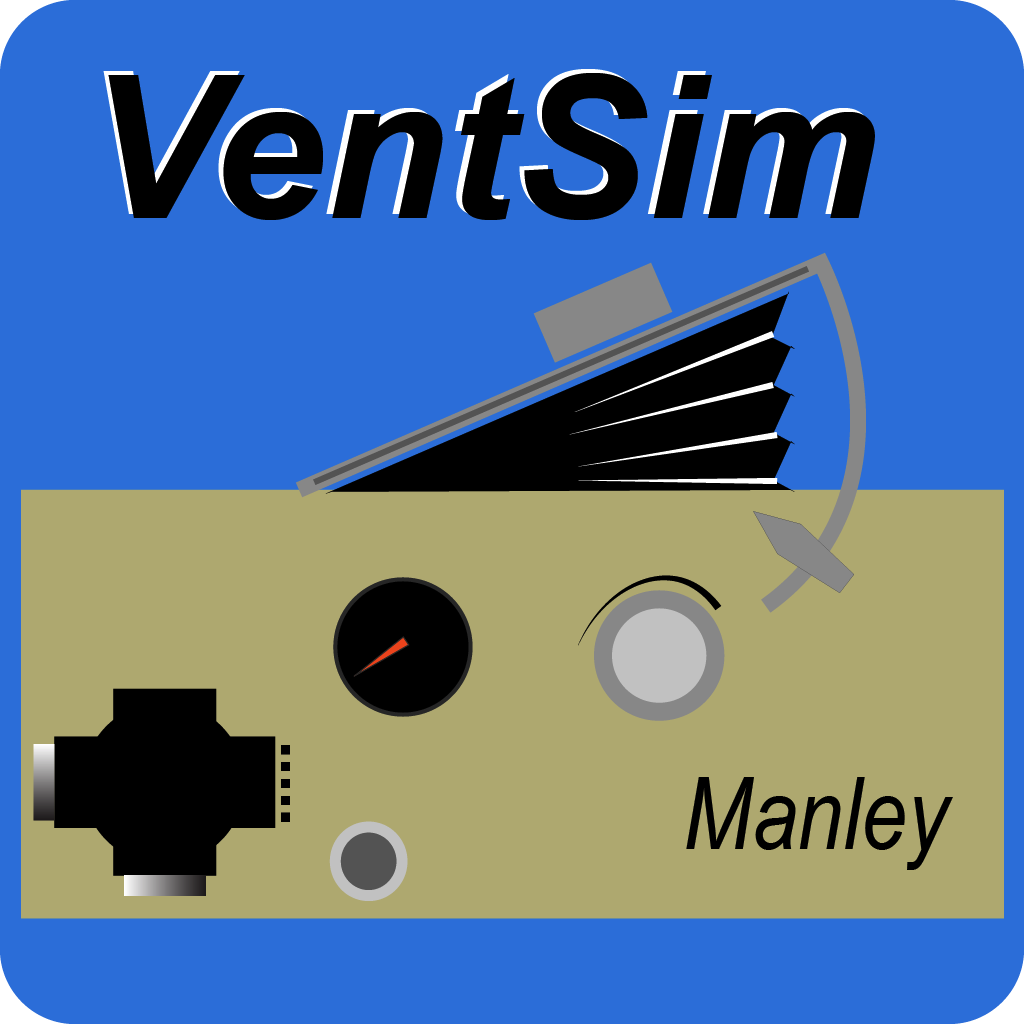The sea reflected the almost unblemished sky with a dark, angry meridian blue. Only the slate-grey streak above the horizon belied the otherwise benevolent August day. The rocky outcrops, punctuated by deep black caves and lightly rusted with seaweed and lichen, glistened like tarnished silver in the midday sun. The mineral white surf thrashed with frenzied futility against the oblique buttresses of rock, throwing up foamy spray that blew about like a midsummer blizzard. Occasionally it would drift up over the cliff edge to the vivid green fields capping the headland, dotted with sheep chewing with bucolic nonchalance, oblivious to the seething battle only feet beneath them.
The Atlantic rollers were splendid, coming with just the right periodic regularity, energised by the residuum of a distant hurricane reverberating it’s destructive existence from across the ocean three days before. Standing with my surfboard each wave announced it’s arrival at first with a powerful sucking force, dragging sand, seaweed and debris painfully around my legs. It would then rear up, a sandy turquoise colour latticed with submerged foam, darkening suddenly as it tipped into a breaking roller. If I timed it right it would pick me up and accelerate me forwards dangerously, exhilaratingly, thrilling in a way no cosseted roller coaster ride could possibly ever achieve.
They just kept coming and I couldn’t drag myself away – addicted to the reliable adrenaline rush with each wave I caught. I must have not stopped to look around for some time because all of a sudden the sun winked out, engulfed by the dark grey blanket that had scudded in from the horizon. The mood of the waves turned from playful energy to menacing power and my anticipation became tainted with anxiety.
I staggered with the drag as the water level dropped from mid chest to below my knees. This wave really towered, it was clouded with the churned sand in it’s turbulent core and seemed to suspend itself above me whilst I decided whether to dive through or try and catch it. Of course it was playing with me, laughing at me, as I decided a fraction of a second too late to try and catch it. I felt the weight of the water first – it crushed the air out of my lungs – before picking me up and turning me over feet first, tearing the surfboard from under me and snapping the wrist tie. I was submerged and tumbling, the force of the water pushing me face first into the gritty sand, before changing direction and picking me up again. I couldn’t breath and sandy salt water was forced into my nose and throat. It kept me under, shaking with contempt my rag doll attempts at swimming, long enough for the panic of imminent drowning to start rising from my solar plexus. Just as I began to think I couldn’t get out of this it dragged me front first into the shallow shore, sand filling the front of my wetsuit. The water hissed as it retreated away from me over the rippled sand, as if to dare me to try this again.
I limped up the beach with my broken surfboard flapping forlornly, bruised, grazed and my head spinning slightly. I lowered myself on to the picnic blanket to a welcoming sweet biscuit and strong coffee as the light summer drizzle began to fall.
“How is the surfing today darling?”
“Brilliant – absolutely brilliant…”




Recent Comments